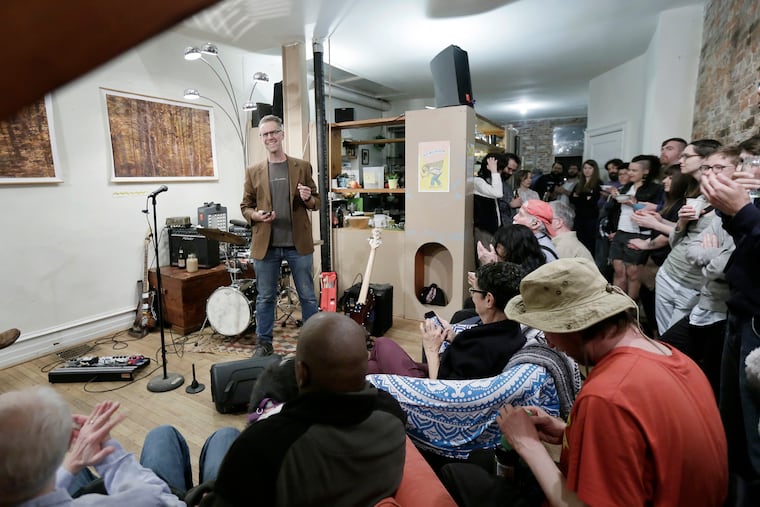Would you open your living room to strangers, six times a year? This man has been doing it for a decade.
You know Jacques-Jean Tiziou as the artist behind the enormous mural that graces the side of the airport parking garage. But West Philly knows him as JJ, the guy who's opened his living room to community concerts for more than a decade.
